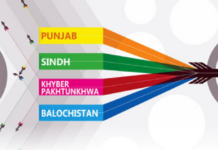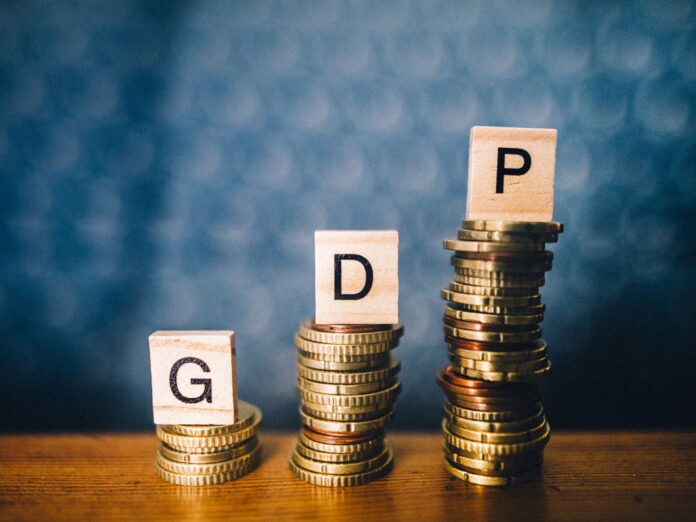ISLAMABAD: Pakistan’s economy expanded by 3.04 percent during FY2024–25, according to the revised estimates approved by the 114th meeting of the National Accounts Committee (NAC), held under the chairmanship of the Secretary, Ministry of Planning, Development and Special Initiatives at the Pakistan Bureau of Statistics (PBS).
The committee reviewed the revised quarterly and annual Gross Domestic Product (GDP) estimates, showing that Pakistan’s economy reached Rs. 113.7 trillion, equivalent to US$ 407.2 billion, marking a notable rise from US$ 371.8 billion in the previous fiscal year. The country’s per capita income has increased to US$ 1,812 (Rs. 506,188).
Officials said the economy demonstrated a “gradual but sustained recovery,” with growth rising from 1.8% in Q1 to 5.66% in Q4, the highest quarterly expansion recorded in recent years. The committee attributed this rebound to improved energy supply, a recovery in manufacturing and construction, stable services growth, and easing inflationary pressures.
Sectoral Performance
Agriculture:
The agriculture sector posted a modest 1.51% growth. While major crops such as wheat and cotton saw a decline of 13.12%, the sector’s performance was supported by a 19.9% surge in minor crops, including vegetables, fruits, and fodder. The livestock sector grew 3.72%, forestry 3.01%, and fishing 0.97%, reflecting overall stability in the rural economy.
Industry:
The industrial sector emerged as the strongest performer, expanding by 5.26% compared to 4.77% last year. The construction sector grew 6.63%, while electricity, gas, and water supply recorded an exceptional 28.53% growth due to better generation and subsidies. Large-Scale Manufacturing (LSM) registered only a 0.69% contraction, a significant recovery from double-digit declines in the previous fiscal year.
Services:
The services sector—contributing more than half of Pakistan’s GDP—grew by 3.0%, led by financial and insurance activities (3.9%), transport and storage (2.7%), and public administration and social security (9.88%), reflecting increased government spending and improved logistics.
Macroeconomic Indicators
According to NAC data, national savings stood at 13.1% of GDP, while investment-to-GDP ratio improved to 13.6% during FY2024–25, supported by stable remittance inflows and moderate import growth.
Inflation, as measured by the CPI, averaged 12.6%, declining notably from the previous year’s 21.2%. This moderation, coupled with better agricultural supply and currency stability, helped improve real income levels.
Fiscal balance showed signs of consolidation, with the fiscal deficit contained at 6.3% of GDP, supported by higher tax collection and controlled non-development expenditures.
On the external front, the current account deficit narrowed to US$ 1.4 billion (0.3% of GDP) due to a fall in imports and a strong recovery in exports and remittances. Foreign exchange reserves also improved to US$ 9.5 billion, providing over two months of import cover.
Quarterly GDP Trends
PBS data shows that GDP grew progressively throughout FY2024–25:
- Q1: 1.80%
- Q2: 2.41%
- Q3: 2.83%
- Q4: 5.66%
Officials described this upward trend as evidence of macroeconomic stability returning to Pakistan’s economy, driven by consistent fiscal discipline and policy continuity.
PBS and Planning Ministry acknowledge data improvements
The NAC appreciated the enhanced data collection and quarterly revision framework introduced by the Pakistan Bureau of Statistics, noting that improved coordination between PBS, the Ministry of Finance, and the State Bank of Pakistan has produced more reliable and timely national accounts.
The committee stressed that sustaining the ongoing recovery will depend on continued macroeconomic stability, export diversification, industrial competitiveness, and structural reforms under the government’s medium-term growth strategy.
Officials concluded that the revised estimates reflect “the beginning of a recovery phase,” and with consistent policy execution, Pakistan can achieve higher, sustained growth in the coming years.























